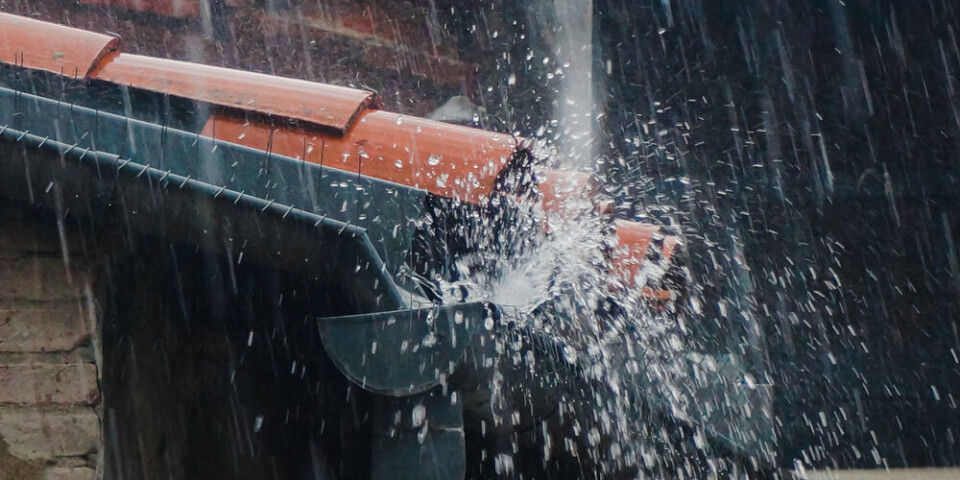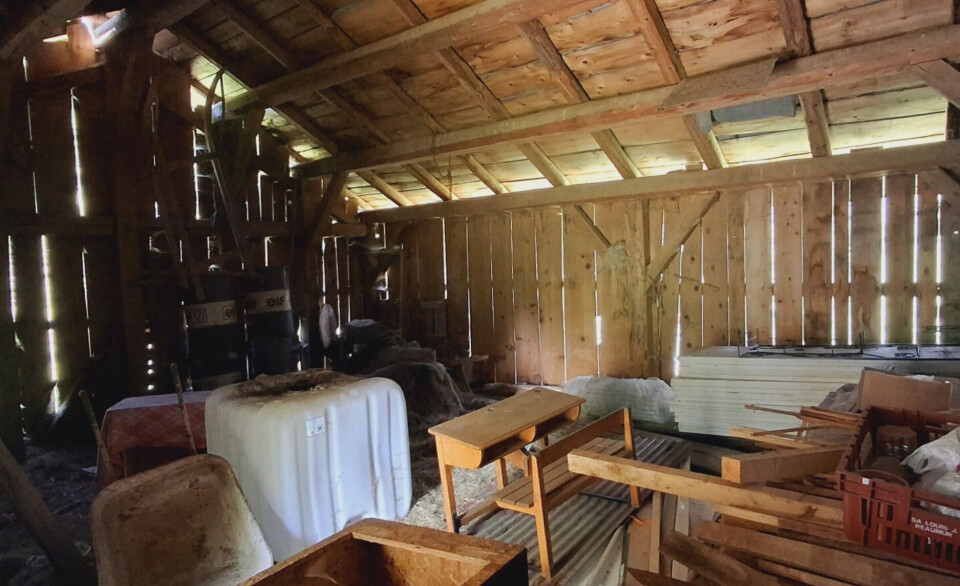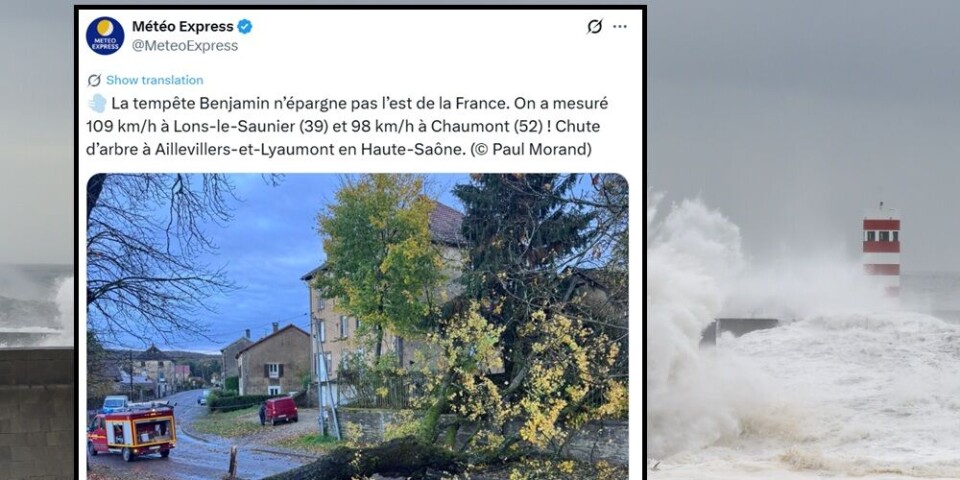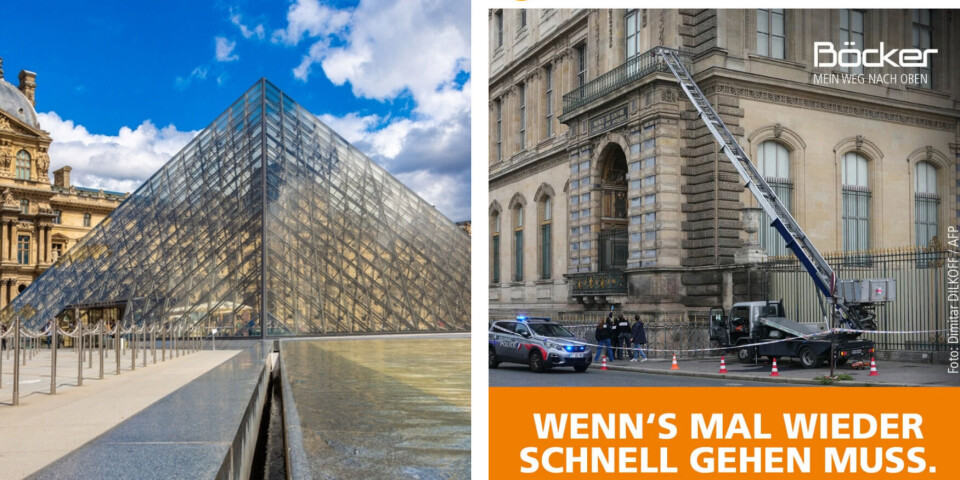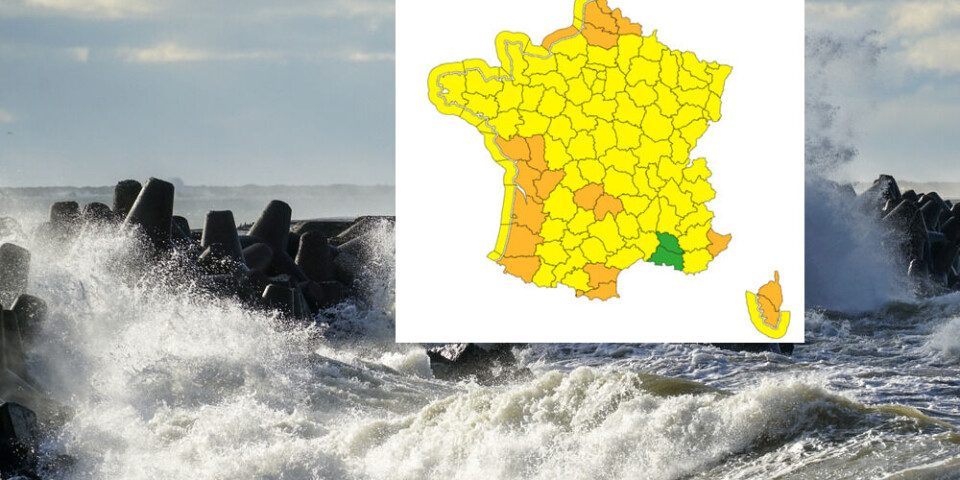-
Carpenter who helped rebuild Notre-Dame Cathedral allowed to marry there
Special permission was granted as private weddings are not normally permitted at the Paris landmark
-
French weekly weather forecast October 27 - 31: storm risk but warm
Heavy rain is expected in the south at the end of the week
-
Off-peak electricity hours in France shift slowly to afternoons
Change to affect nearly 11 million households
Family of US soldier who left Normandy church message in 1944 found
Locals are hoping to send the soldier’s family a casting of the inscription
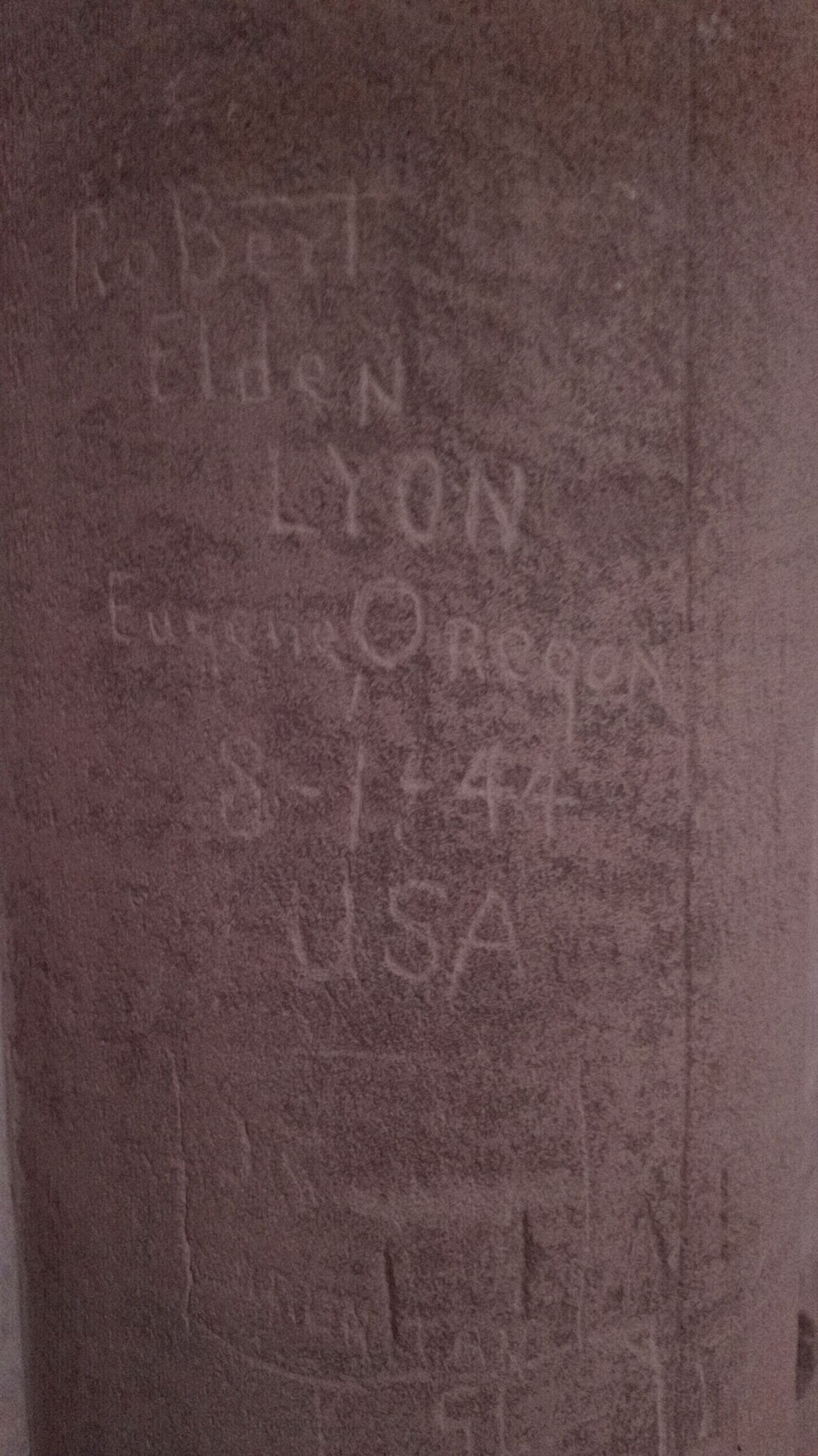
Residents of a village in Normandy have managed to trace the family of an American soldier who left a message in the village church in 1944 and hope to send them a casting of the inscription.
The message reads Robert Elden Lyon, Eugene, Oregon, [August] 1944 and was discovered a year and a half ago on a pillar in a church in Sainte-Suzanne-sur-Vire, Manche.
Locals spent months trying to trace the soldier’s family before striking lucky.
“We were researching for about a year and a half, trying to find his family members. It wasn’t easy as when someone dies in the war, they are repatriated right away and we can trace them easily but this soldier died some time after the war,” said John Philipot, president of Association Sauvegarde de l’Église de Sainte-Suzanne-sur-Vire.
They also did not have a lot of detail to work with.
“As you can see, this American soldier wrote simply his name, surname, the year and the place where he was born,” said Mr Philipot.
Despite this they managed to track down some family members by searching the soldier’s name in Google and sending emails to 15 people with the same surname. Three of them turned out to be his children.
“We know that he has several descendants that are still in the town where he was born and where he died. We want to know if they’d be interested in a casting of the message that their dad or grandad left,” said Mr Philipot.
The plan is to make the casting themselves and send it to the first family member who claims it.
John Eldon Lyon was a Private First Class soldier in the 448th Civil Affairs Battalion.
“He was in contact with the French population to create a relationship between the army and the population,” explained Mr Philipot.
Mr Philipot said there had been a bombardment beside the church in 1944 and so the soldier was likely there to assess the damage inflicted.
Related articles
Family of American GI welcomed to French town he helped to liberate
Le Bleuet de France - origins of the French cornflower tradition
Did you know? First WW1 Tomb of the Unknown Soldier has French origins
Rediscovered WW1 tunnel in France ‘still smells of gunpowder’




